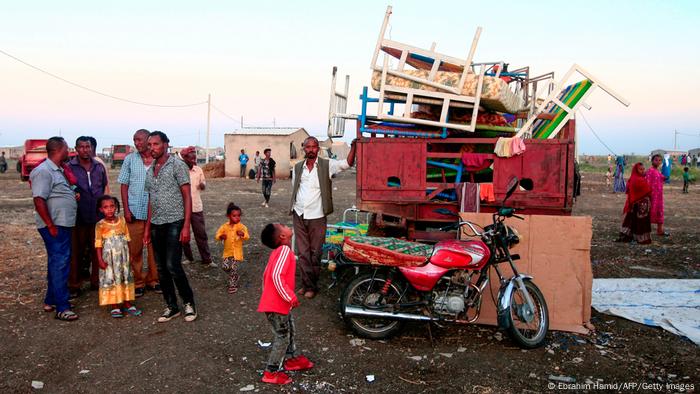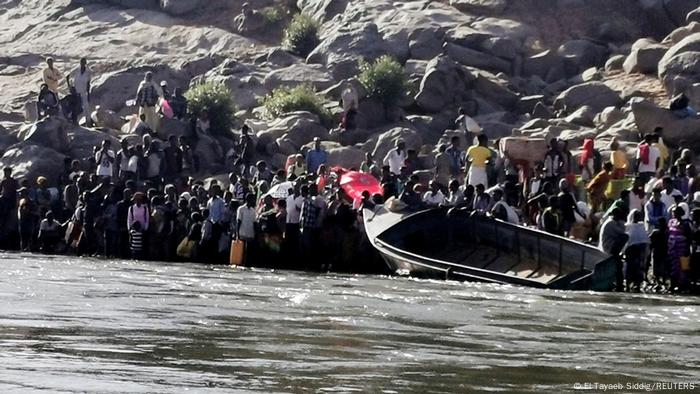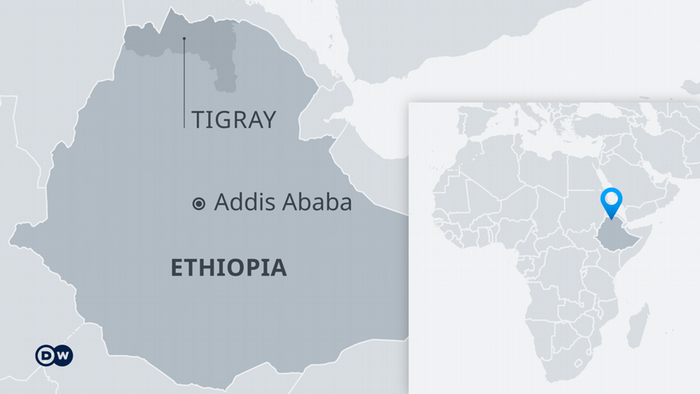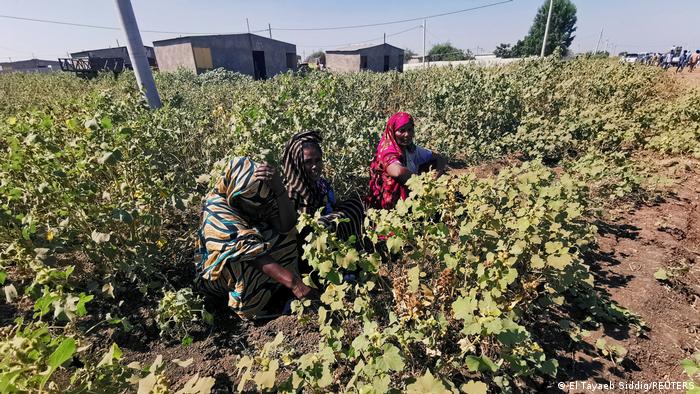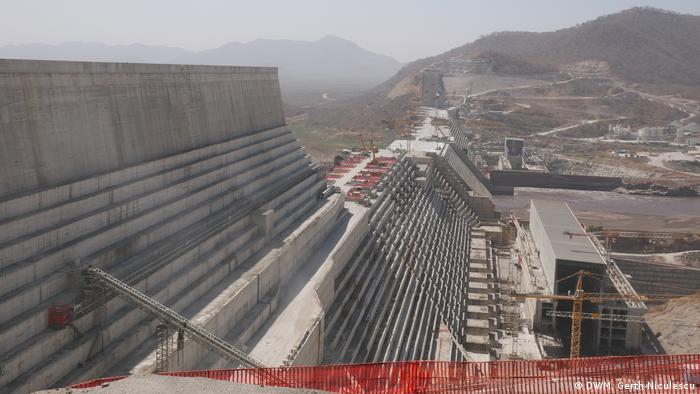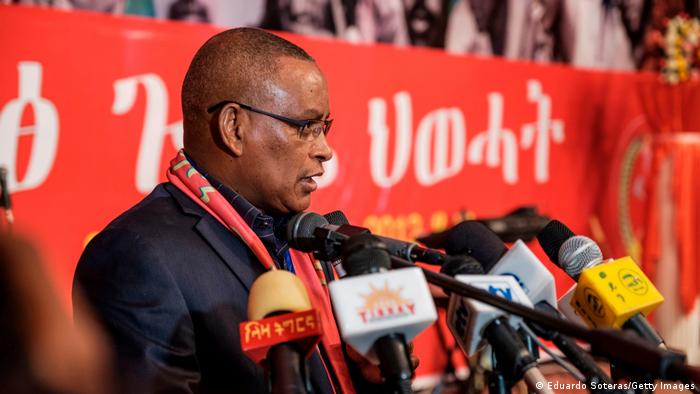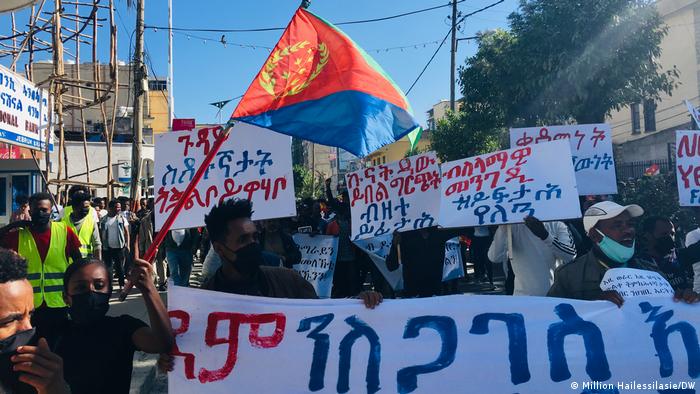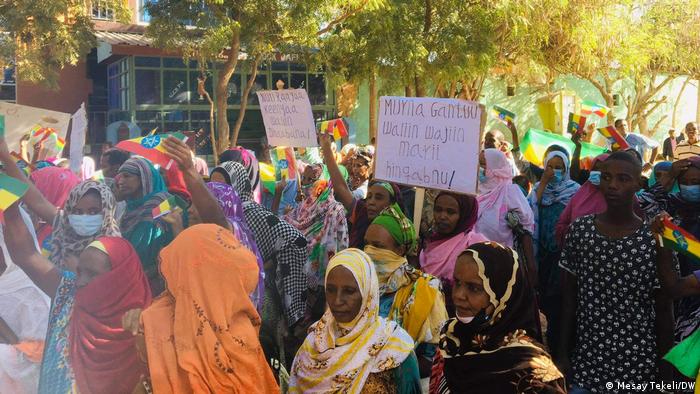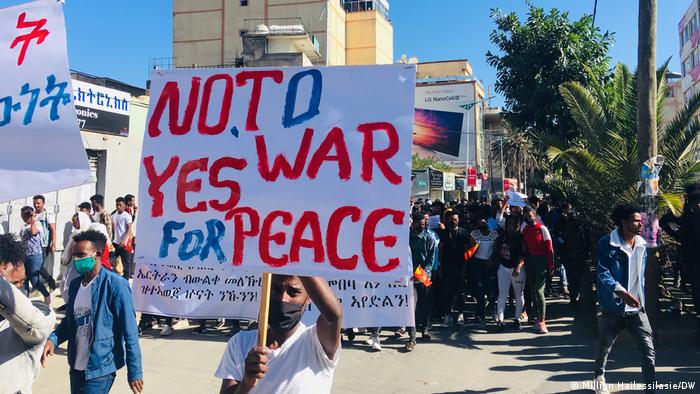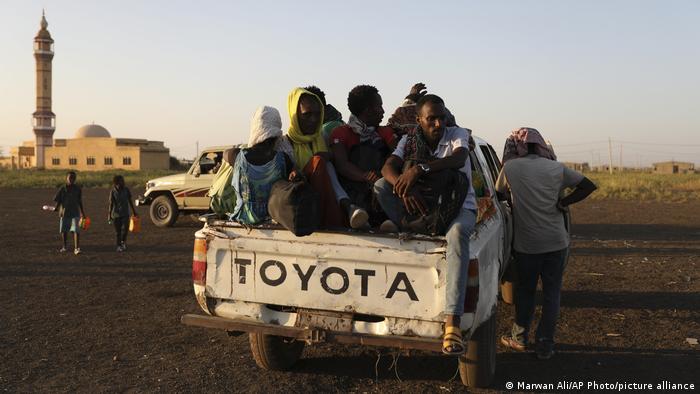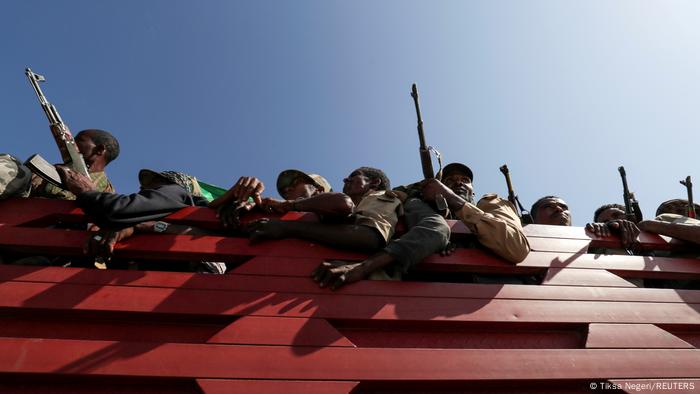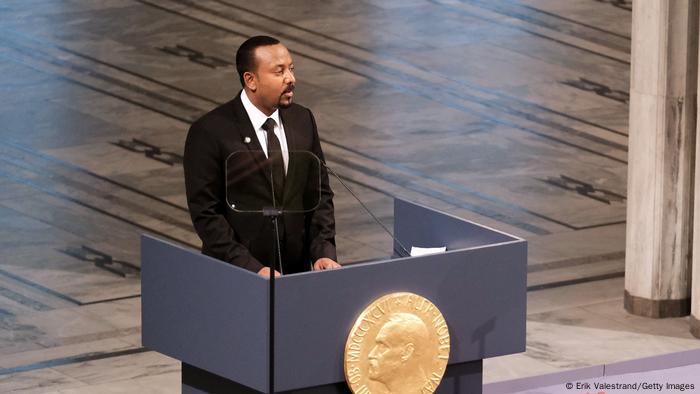Producers need immediate action on BC’s meat processing crisis The COVID-19 pandemic has revealed a meat processing crisis in BC. Abattoirs are critical for small-scale livestock producers, but provincial policy and regulatory structures currently prevent them from meeting the high demand for local, sustainable, and niche meat products. The critical shortfall in abattoir and cut/wrap capacity is making it impossible for farmers to provide consumers with the meat they want, even in these times of heightened concern about food sovereignty. Today, Monday, November 16, the National Farmers Union (NFU) submitted its report, “A vibrant small-scale meat industry for British Columbians: NFU recommendations to BC Ministry of Agriculture”, in response to the BC Ministry of Agriculture (MoA) Intentions Paper on “Rural Slaughter Modernization.” The NFU outlines the current crisis and proposes a path forward. Over 13 organizations have joined with the NFU in urging the Ministry to take immediate and meaningful action to ensure a vibrant and resilient meat sector in BC. The BC Chamber of Commerce, David Suzuki, BC Farmers Markets, FarmFolk CityFolk, Small-Scale Meat Producers Association, and several food policy councils were among those to sign onto a letter endorsing the NFU report. “Resolving the meat-processing crisis in BC will determine whether I can pursue livestock farming in the long-term. As a young farmer, it is very encouraging to see the MoA tackling this complex situation. I hope that the MoA will immediately take meaningful action,” said Freya Kellet (23), NFU BC Climate Coordinator. “Many producers are unable to harvest their animals this fall and this puts their direct-to-consumer business model at risk. Farmers, agricultural organizations, and other stakeholders are telling me that a place-based meat system is integral to the food security of British Columbians, rural economic and community development, animal welfare, COVID-19 recovery, as well as for mitigating the impacts of the climate crisis.” When COVID-19 spread in Canada’s big processing plants, it exposed the vulnerability of a concentrated meat industry and disrupted the national beef and hog market for producers and consumers. At the same time, consumer demand for local meat greatly increased. Although COVID-19 has created an unprecedented opportunity for many farmers and ranchers in BC to grow their business, and contribute to their local economies and food security, these opportunities will be lost without access to slaughter and processing services in all regions. “We hope this issue will be a central focus in the upcoming Ministerial mandate, and that concrete details and timelines will follow. NFU members and the many organizations and people who have signed-on to our letter, are willing to step forward to participate in task forces, committees, and other engagement processes to ensure that the voices of farmers are heard and that any modernization leads to a more resilient, climate-friendly, financially-prosperous meat sector in BC.” concluded Kellet. Organizations/People in Support: FarmFolk CityFolk
David Suzuki
BC Chamber of Commerce
BC Association of Farmers Markets
Small-Scale Meat Producers Association
Certified Organic Associations of BC
BC Goat Association
Kent Mullinx, Director, Institute for Sustainable Food Systems, Kwantlen Polytechnic University
Vancouver Farmers’ Markets
Kamloops Food Policy Council
Central Kootenay Food Policy Council
Capital Region Food and Agriculture Initiatives Roundtable
South Island Prosperity Partnership | 








